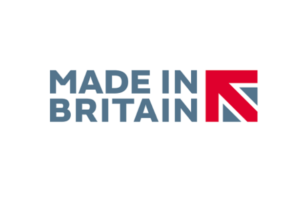
Readers of TMT are probably aware of the general sense of indignation about the ordering of four fleet tankers from Daewoo in South Korea. It is natural to ask why a British yard was not given the order – but in a time of trying to get the best value for each taxpayers’ pound spent, it might make sense to at least look overseas to sharpen up our own commercial yards bidding processes.
Similar unease is beginning to be expressed by those who fear the award of the Type 26 Frigates to a Scottish shipyard at a time when the Scottish Government is making serious noises about another referendum on leaving the UK. That said, the frigates are a fairly large type of ship and that would prevent other yards such as Appledore in Devon from doing the work.
Consider, then, the fact that in recent years many other major purchases of foreign equipment have been made that should raise all sorts of warning flags about the state of the UK’s defence industry. Accepting that modern corporations are increasingly multi-national, it still begs the question as to why UK-designed and built equipment features less and less in modern UK MOD equipment contracts.
Here are some examples:
MAN trucks: In 2004 the MOD awarded a contract worth an initial £1bn to MAN ERF for thousands of trucks, to be built in Austria and only “finished” in the UK. This despite two other bids that promised the bulk of all work to be completed in the UK.
General Dynamics/Santa Barbara (Spain) Ajax vehicle family: 589 vehicles have been ordered in three main variants in a contract worth some £3.5bn. GD says its UK plant will be involved in the manufacture, but the total number of UK jobs forecast for the project is 300 at GD with another 1000 in the UK supply chain – though the latter figure is somewhat hard to verify of course. The Ajax is based on Santa Barbara’s ASCOD vehicle which beat the BAE CV90, a vehicle of similar age and capability, as well as the UK Warrior platform.
Lockheed Martin F-35 Lightning 2: A staggeringly expensive aircraft, and a US and international programme that has become so costly that it is considered by some to be too big to axe, the selection by the British of the F-35 and in particular the 35B STO/VL variant has been greeted with some alarm by many in the UK. 138 aircraft in two main variants are to be flown by the Navy and RAF.
Krauss Maffei Wegmann/Rheinmetall Boxer 8X8 armoured vehicle: In April 2018 the MOD awarded a £4.4bn contract for some 500 Mechanised Infantry Vehicles (MIV), a design that the British Army considered and rejected back in 1999. Despite members of the overall consortium being British, many questions have been raised over the value and technical content of the UK component and the local employment to be gained out of what some consider to be a very high priced item. Questions have been raised about the way in which the contract was awarded.
The contracts listed above are a few large-ticket items. But there are many smaller contracts placed with overseas companies (such as pre-flight threat simulation equipment from Leonardo – formerly Finmeccanica, of Italy), which again give pause for thought as to why UK companies are not winning these sorts of contracts.
Are we fooling ourselves that we remain a cutting-edge defence supplier, or are we simply not cost-effective in world markets? Either way, it’s a bit of a sad story.

Comments on Does “Made in Great Britain” still count for anything?